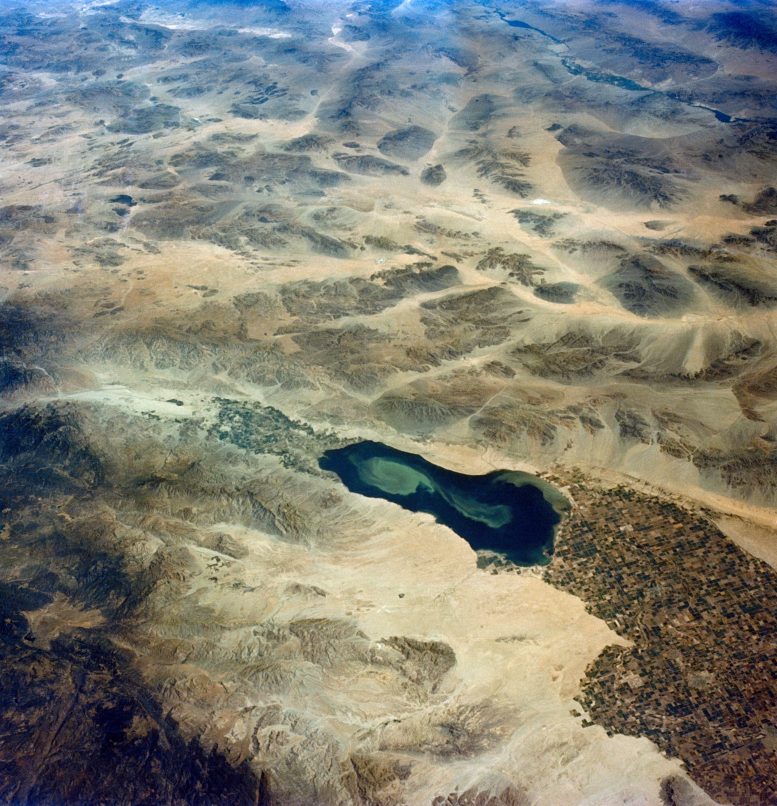
Looking northeast, the Imperial Valley and Salton Sea in southern California is photographed from the Earth-orbiting Gemini-5 spacecraft. Credit: NASA.
The decline is being driven by a combination of factors, including climate change, excessive human consumption, and sedimentation.
A revolutionary evaluation recently published in the journal Science reveals that over half of the world’s biggest lakes are experiencing water depletion. The primary causes, predictably, are the effects of climate change and unsustainable water usage by humans.
However, Fangfang Yao, the principal author of the study and a CIRES visiting fellow who is currently a climate fellow at the University of Virginia, suggests the situation isn’t all doom and gloom. The introduction of this novel method for monitoring lake water storage trends and their underlying causes allows scientists to offer valuable insights to water management professionals and local communities. This new knowledge can guide them in effectively safeguarding crucial water resources and preserving vital regional ecosystems.
“This is the first comprehensive assessment of trends and drivers of global lake water storage variability based on an array of satellites and models,” Yao said.
He was motivated to do the research by the environmental crises in some of Earth’s largest water bodies, such as the drying of the Aral Sea between Kazakhstan and Uzbekistan.
So he and colleagues from the University of Colorado Boulder, Kansas State University, France, and Saudi Arabia created a technique to measure changes in water levels in nearly 2,000 of the world’s biggest lakes and reservoirs, which represent 95 percent of the total lake water storage on Earth.
The team combined three decades of observations from an array of satellites with models to quantify and attribute trends in lake storage globally.
Globally, freshwater lakes and reservoirs store 87 percent of the planet’s water, making them a valuable resource for both human and Earth ecosystems. Unlike rivers, lakes are not well monitored, yet they provide water for a large part of humanity – even more than rivers.
But despite their value, long-term trends and changes to water levels have been largely unknown – until now.
“We have pretty good information on iconic lakes like the Caspian Sea, Aral Sea, and Salton Sea, but if you want to say something on a global scale, you need reliable estimates of lake levels and volume,” said Balaji Rajagopalan, a CIRES fellow, professor of engineering at CU Boulder, and co-author. “With this novel method …we are able to provide insights into global lake level changes with a broader perspective.”
For the new paper, the team used 250,000 lake-area snapshots captured by satellites between 1992-2020 to survey the area of 1,972 of Earth’s biggest lakes. They collected water levels from nine satellite altimeters and used long-term water levels to reduce any uncertainty. For lakes without a long-term level record, they used recent water measurements made by newer instruments on satellites. Combining recent level measurements with longer-term area measurements allowed scientists to reconstruct the volume of lakes dating back decades.
The results were staggering: 53 percent of lakes globally experienced a decline in water storage. The authors compare this loss with the magnitude of 17 Lake Meads, the largest reservoir in the United States.
To explain the trends in natural lakes, the team leveraged recent advancements in water use and climate modeling. Climate change and human water consumption dominated the global net decline in natural lake volume and water losses in about 100 large lakes, Yao said. “And many of the human and climate change footprints on lake water losses were previously unknown, such as the desiccations of Lake Good-e-Zareh in Afghanistan and Lake Mar Chiquita in Argentina.”
Lakes in both dry and wet areas of the world are losing volume. The losses in humid tropical lakes and Arctic lakes indicate more widespread drying trends than previously understood.
Yao and his colleagues also assessed storage trends in reservoirs. They found that nearly two-thirds of Earth’s large reservoirs experienced significant water losses.
“Sedimentation dominated the global storage decline in existing reservoirs,” said Ben Livneh, also a co-author, CIRES fellow, and associate professor of engineering at CU Boulder. In long-established reservoirs—those that filled before 1992—sedimentation was more important than droughts and heavy rainfall years.
While the majority of global lakes are shrinking, 24 percent saw significant increases in water storage. Growing lakes tend to be in underpopulated areas in the inner Tibetan Plateau and Northern Great Plains of North America and in areas with new reservoirs such as the Yangtze, Mekong, and Nile river basins.
The authors estimate roughly one-quarter of the world’s population, 2 billion people, resides in the basin of a drying lake, indicating an urgent need to incorporate human consumption, climate change, and sedimentation impacts into sustainable water resources management.
And their research offers insight into possible solutions, Livneh said. “If human consumption is a large factor in lake water storage decline, then we can adapt and explore new policies to reduce large-scale declines.”
This happened in one of the lakes the team studied, Lake Sevan in Armenia. Lake Sevan has seen an increase in water storage, in the last 20 years, which the authors linked to enforcement of conservation laws on water withdrawal since the early 2000s.
Reference: “Satellites reveal widespread decline in global lake water storage” by Fangfang Yao, Ben Livneh, Balaji Rajagopalan, Jida Wang, Jean-François Crétaux, Yoshihide Wada and Muriel Berge-Nguyen, 18 May 2023, Science.
DOI: 10.1126/science.abo2812
The study was funded by NOAA Research, NASA Headquarters, and a Climate Change Initiative Grant.
For an interactive map illustrating the findings, click here.

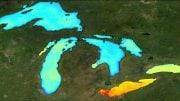
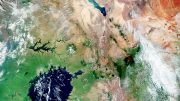
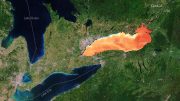



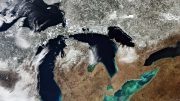
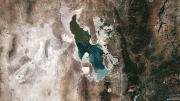
“Growing lakes tend to be in underpopulated areas in the inner Tibetan Plateau and Northern Great Plains of North America and in areas with new reservoirs such as the Yangtze, Mekong, and Nile river basins.”
This is a strong argument that the major cause of shrinking lakes is over-consumption, especially since they remark “Lakes in both dry and wet areas of the world are losing volume.”
I call bulls***. Stop spending our tax dollars on this bs. And stop collaborating with Chinese communist fake scientists!